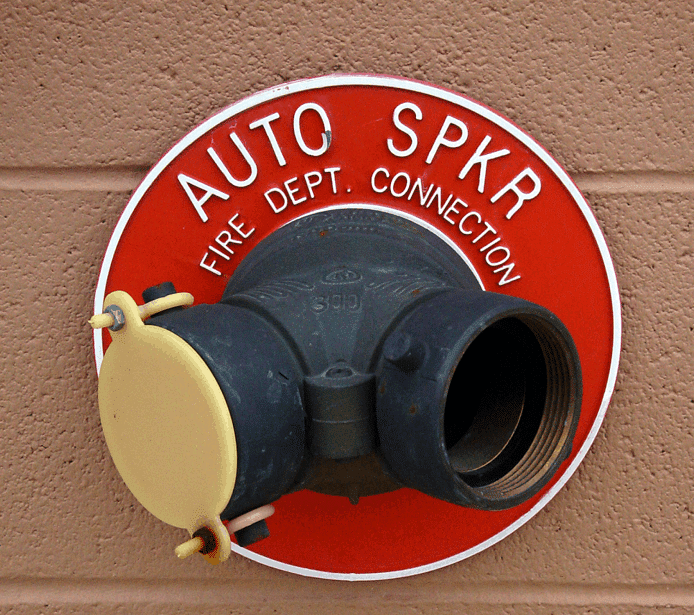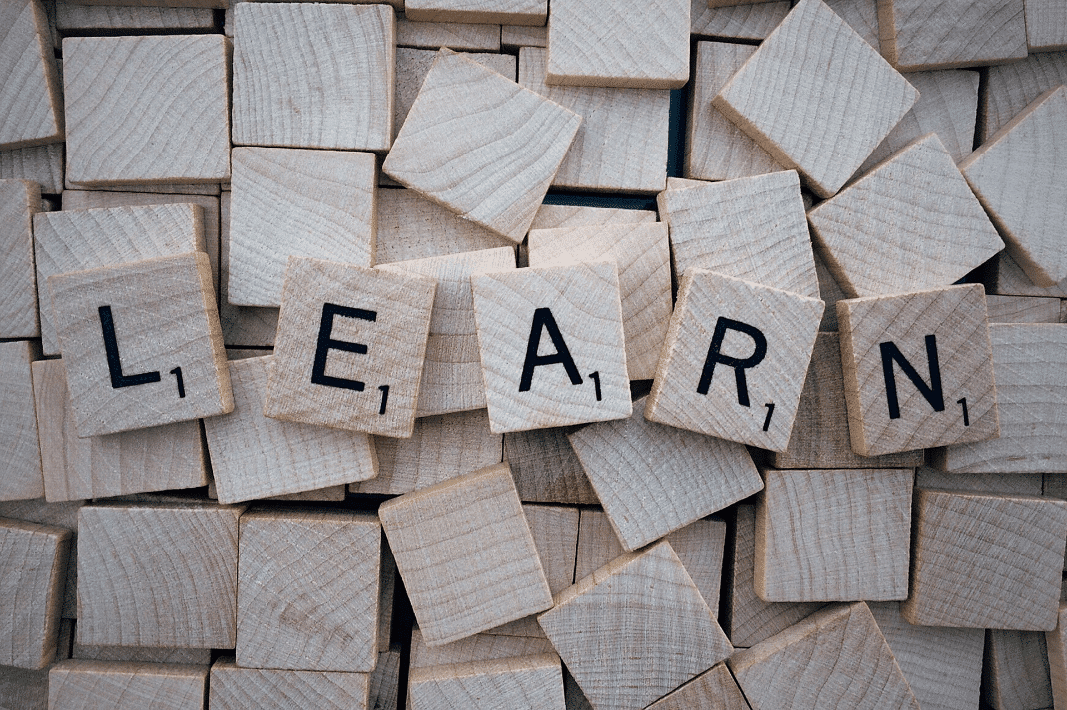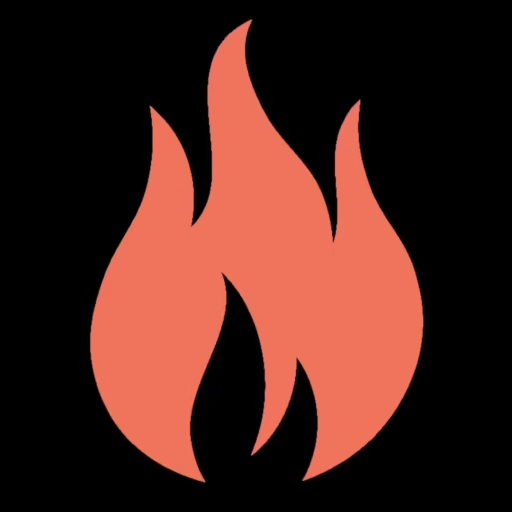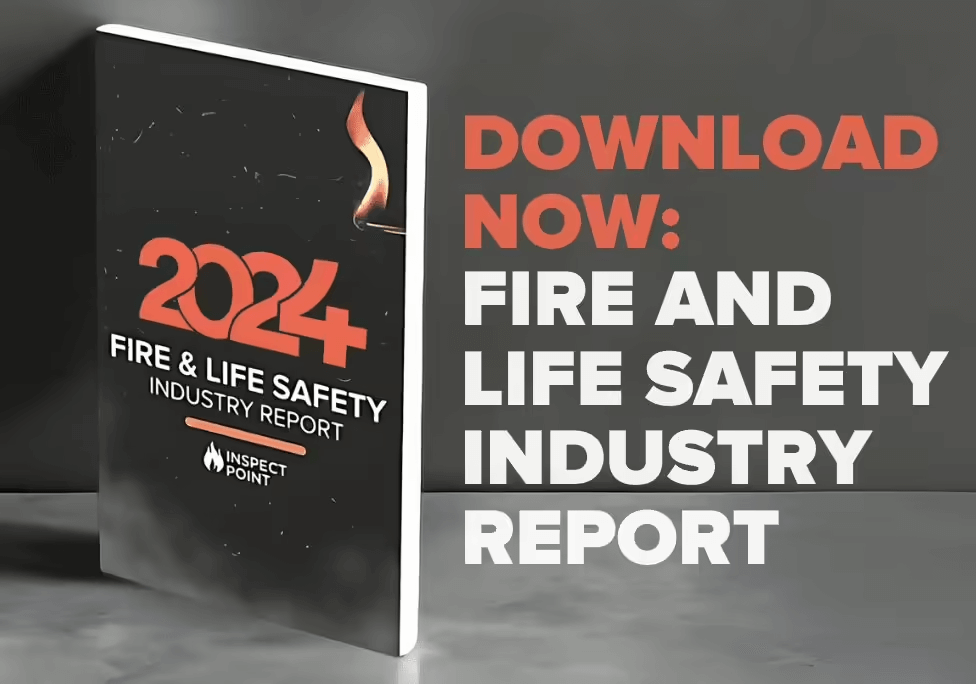
Managing a fire protection company that conducts NFPA fire inspections and service can be challenging. Couple the moving pieces that any business owner or manager maintains with complex, ever-evolving NFPA codes and fire inspectors who have to keep current on this knowledge, well…it’s definitely an all-hands-on-deck type of industry.
What really sets the fire protection industry apart is that your job–and the job of the inspectors on your team–is vital to ensuring individuals are safe where they live, work, and play. Your clients need to know that, by choosing you as their fire protection provider, they made the right choice. They want assurance your inspectors are always on top of changes and updates to fire inspection codes, and that they will translate their knowledge into a thorough, well performed inspection that prioritizes safety.
So, what kind of knowledge and understanding do novice fire inspectors need when learning about NFPA codes and performing an inspection? At Inspect Point, we work with myriad fire protection businesses–from your small, owner-operator businesses to national chains with thousands of technicians. Our founders are from the fire protection industry, and we’ve learned a lot from our customers along the way, too.
While there are different methods to learn and certifications you may need, we believe these four key approaches will give your fire inspectors a definite advantage over the competition. Because hey, who doesn’t want to be the best in the business?
A Note on Learning Methods
There can absolutely be more than four methods to learn what you need to be successful in fire protection. (Plus, we’re not even touching on certifications you might need based on where your business is located.) These four learning methods simply made the most sense, given the fact that everyone learns differently and can benefit from various educational styles.
We do strongly recommend you take a professional NFPA training course. When you take certain NFPA training classes, they count toward your NICET certification, which is another huge benefit of classroom training.
Now, back to the educational methods in question…
Training Method 1: Reading NFPA Codes
Now you think it’s silly to list reading as one of the learning methods that can help someone become the best at what they do, but not everyone loves to read. We now live in a world where everything is FAST. Reading (to the point of understanding) the NFPA codes, standards, recommended practices, and guides is not something you can do in one sitting. And the codes, technical in nature, aren’t always easy to get through.
Taking the time to fully read through the NFPA codes and standards might not be at the top of your fire inspector trainees’ to-do list, but you should encourage them to put time toward reading, reviewing, and fully comprehending this critical documentation.
Students might take notes as they learn, a tool they can use to ensure information is retained. Reading is a visual learning method, and taking notes is a physical learning method. Combined, this is a great way to let knowledge sink in. There’s an old saying about note taking when reading: Think it and ink it. Doing both is the key to retention.

That being said, the NFPA codes and standards were developed for a reason. The bottom line is the best fire inspectors know these codes inside and out. NFPA’s website is full of free and paywalled information to educate new fire inspectors, who are just starting out in their careers, as well as seasoned inspectors who need to keep up with code changes.
While the sheer amount of information can seem overwhelming, carving out time each week to review the codes can help your new fire inspectors familiarize themselves with the content and begin to fully understand how to implement them.
Training Method 2: Observing Professional Fire Inspectors in the Field
Another, more interactive visual method is observing professional fire inspectors in the field. This is how an apprenticeship begins, and fire inspectors in training should tag along to as many different inspection sites with as many different fire inspectors as they can.
While experience is important, it does not always make someone an excellent trainer. It’s not always the case that a fire inspector with 20 years under their belt presents concepts or skills in an easier to understand way. When identifying the best inspectors to provide in-field training, look for experience in combination with a dedication to continuous learning, enthusiasm, and a desire to teach the next generation of fire protection professionals.
Additionally, you might find the fire inspector who was thrilled to switch to a new fire inspection software is the one who not only can show a rookie inspector how to conduct a thorough inspection using NFPA 25 codes and standards, but also understands how to deliver a service proposal and close the deal in the field.

The top inspectors you want on your team–and training the new guys–are the ones who know what they’re doing and who know how to close service proposals to offer exactly what your customer needs to prevent potential fires.
Send your fire inspector trainees out with the best you have, and let them observe their strengths and skills in the field. If you have a team member who’s a wonderful fire inspector known for completing inspections quickly and thoroughly, send the trainee out with them. If you have another inspector who takes a little longer to complete inspections, but knows how to close a deal, send the trainee out with them, too.
Your trainees should be able to come away with best practices from each veteran inspector they observe. Then, they can start to build their own skillsets with a wealth of knowledge from multiple experts.
Training Method 3: Practice Performing a Fire Inspection
Shadowing experienced inspectors and reading the codes are essential, but most people entering the fire protection trade are hands-on learners. So, at some point, its time to stop watching and start doing!
This is the portion of the apprenticeship where the fire inspector trainees are ready to roll up their sleeves and apply the knowledge they learned in the NFPA codes and during the ride-along inspections.
By sending trainees out with the most skilled and patient of your fire inspectors, you can rest assured they will be instructed (and corrected) in a way that makes everything a learning experience. There is a learning theory called Cognitive Apprenticeship that describes the second method we discussed above: “Observation” or “Modeling,” as they call it. But it doesn’t end there. You are then poised to build on that foundation through performing the task.
This technique starts with coaching the fire inspector trainee as they begin the inspection. This is where the veteran inspector verbally helps the trainee when they need further direction. They may be stuck and not fully know the sequence of events for the inspection yet, so the veteran inspector guiding them may hint at what comes next or provide feedback if they have a misstep.

During the coaching, if the trainee isn’t able to perform a task, the fire inspector can step in and help. This gives the coach the ability to further demonstrate how to complete the next step of the fire inspection process and allows the trainee another chance to observe a professional in the field.
The veteran inspector should encourage the trainee to articulate what they are doing, step-by-step, so the information sinks in while performing the physical tasks to complete the fire inspection. Have you ever spoken out loud while doing something you weren’t 100% sure you were doing right? Remember how talking yourself through it helped? The same is true for the novice fire inspector.
When the student fire inspector has worked through the inspection with their trainer, it’s important to allow time for reflection. The student should consider how each portion of the inspection went, then compare and contrast their methods with the ways their trainer demonstrated. This reflection could be looking back through their observation period or it could be specific to if/when the trainer took over to demonstrate a concept the same day. Reflection focuses on analyzing the process to improve.
A final item of note here is that exploration is also significant when novice fire inspectors are starting to get their feet wet. The veteran fire inspector in charge of training the new guy or gal should take a step back and let the student explore different ways to problem solve when working on a potentially tricky inspection. Not all buildings or structures are made the same. Some might require problem solving beyond the obvious. Let the students use their brains on more challenging fire inspections.
Training Method 4: Conducting a Fire Inspection Independently
Now you’ve held their hand on a few trial fire inspections, its time to sit back and watch as your students set out on their own. (Queue sappy music and images of baby birds leaving the nest.)
You fire inspector trainees might not be quite ready for a solo mission, so you’re still going to want to send an expert with them to keep them from making any serious mistakes during the inspection process. But this time, instead of walking the trainee through the steps, your on site expert should sit back, relax, and let the rookie inspector do all the work.
Having a first-timer perform an inspection can be nerve-wracking for a newer or complicated client, so it might be best to have your trainees perform straightforward inspections for long-time customers as they get started.
Set your soon-to-be fire inspectors up for success. Giving them an easy inspection to start will boost their confidence and make them less likely to make costly errors in the future.

Learning Never Ends
At Inspect Point we strive to be a partner to all of our clients, and to the fire inspection and prevention industry at large, so we welcome your thoughts, feedback, tips and any information you would like to share. We are passionate about fire safety and technology, and we believe that when done well, we can keep everyone protected and secure.
That is what is so incredible about fire protection. The learning never ends. The innovations never end. We look forward to continuing on this journey with all of you and we are excited to continue to meet the needs of your business as NFPA codes evolve with the new technology in fire protection systems.

